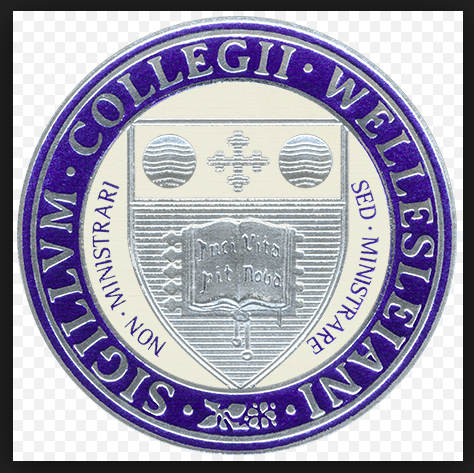When researching Hillary Clinton’s biography, I noted that she had graduated from a woman’s college. Clinton graduated from Wellesley, as did the First Woman Secretary of State, Madeleine Albright. Nancy Pelosi, the First Woman Speaker of the House of Representatives, was a graduate of Trinity Washington University, also a woman’s college. I began to wonder how many women in power attended women’s colleges. My database doesn’t have that information readily available, but here are a few I found on a very quick review:
–Rebecca Ann Latimer Felton, graduate of Madison Female College, was the First Woman to serve in the United States Senate, in 1922.
–Geraldine Ferraro, graduate of Marymount Manhattan, was the First Woman selected by a major party to run for Vice-President of the United States, in 1984.
–Christine Todd Whitman, graduate of Wheaton College, was the First Woman who served in a presidential cabinet-level position after serving as governor.
–Ella Tambussi Grasso, graduate of Mount Holyoke College in 1940, was the First Woman governor who did not succeed her husband in office.
–Jeanne Kirkpatrick, the First Woman ambassador to the United Nations, was a graduate of Barnard.
–Frances Perkins was the First Woman in a U.S. President’s Cabinet when she served as Secretary of Labor after her appointment by Franklin Delano Roosevelt. She was a graduate of Mt. Holyoke.
I wonder how many more women who are graduates of women’s colleges assume positions of power. And then I wonder if there is a direct correlation between being empowered in an environment that excludes men and achieving political success. There does not seem to be a drawback as these women effectively function in the world of men.

